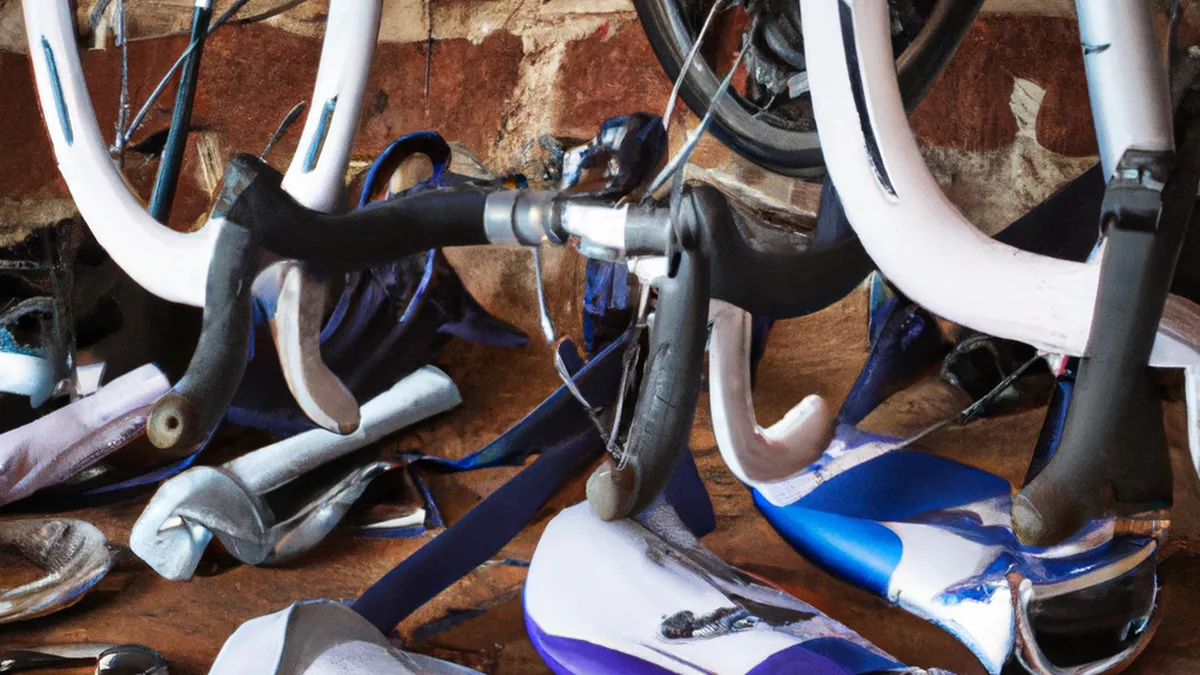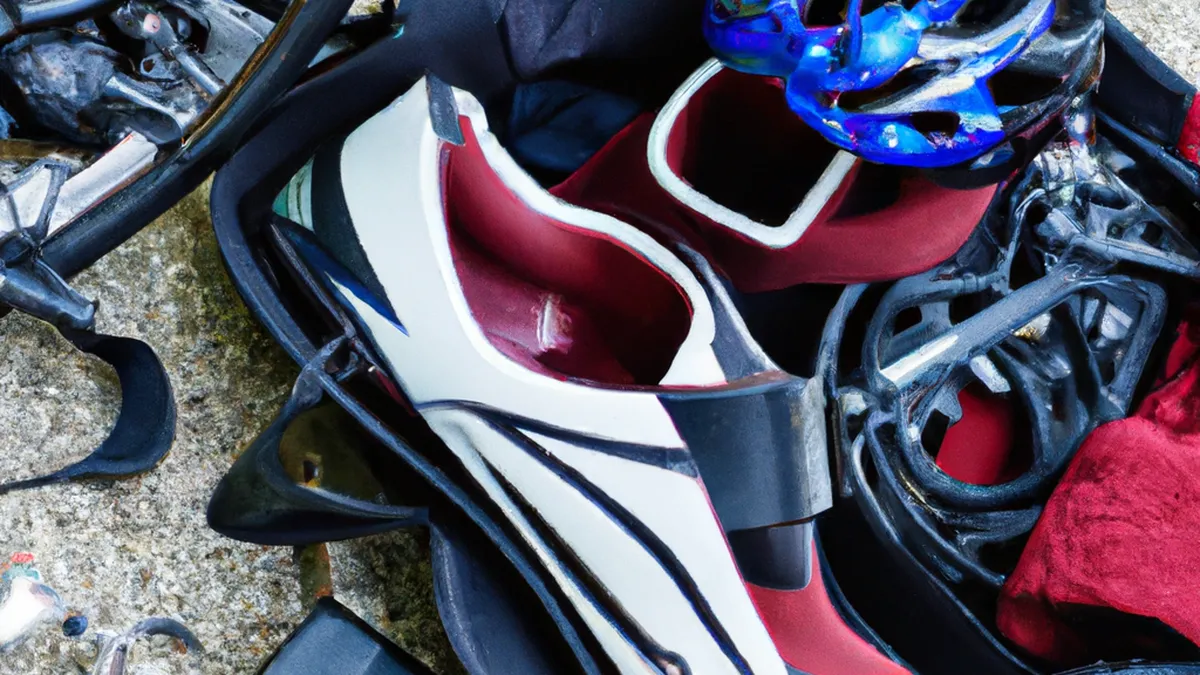Groups: Building Bonds on Two Wheels
Understanding Group Riding DynamicsRiding in a group offers camaraderie, shared adventures, and learning opportunities. However, it presents challenges requiring a solid grasp of group dynamics for safety and enjoyment. Whether you are a novice or experienced rider, mastering these dynamics enhances your riding experience.
Importance of Communication
Effective communication ensures successful group riding. Riders must clearly convey intentions to prevent misunderstandings and accidents. Use hand signals to indicate turns, stops, or hazards. For example, extend your left arm horizontally for a left turn and point downward to signal a stop. Vocal communication is also essential; call out obstacles like potholes or gravel to inform others.Make eye contact with other riders to build trust and keep everyone aligned. Establishing a communication protocol enhances safety. For instance, if a rider sees a hazard, they can call out “hazard left” to alert others. This proactive approach maintains awareness and keeps everyone informed.
Establishing a Leader
Designate a leader to streamline communication and organization during group rides. The leader sets the pace and direction of the ride. Choose an experienced and confident individual capable of navigating various conditions. The leader maintains group cohesion and ensures no one gets left behind.Riders should follow the leader closely but maintain a safe distance. This distance allows for adequate reaction time in case of sudden stops or direction changes. The leader should check in with the group periodically to ensure everyone feels comfortable and safe.
Riding Formation
Your chosen formation affects group dynamics significantly. A staggered formation improves visibility and provides space between riders. This formation enhances safety and allows riders to see potential hazards.In narrow road conditions or heavy traffic, use a single-file formation. Riders must adapt and change positions as necessary. Always assess road conditions and adjust formations to ensure the entire group’s safety.
Tips for Safer Group Riding
As an Amazon Associate I earn from qualifying purchases.
Gear tip: consider hydration vest, bike helmet, and cycling shoes to support this topic.
Consider these tips for a smooth and enjoyable ride:1. **Know Your Group**: Familiarize yourself with the riders around you. Understanding their skill levels and comfort zones helps establish a suitable rhythm and pace.2. **Stay Alert**: Pay attention to your surroundings, including road conditions and other vehicles. Avoid distractions like mobile devices or music, and focus on riding.3. **Maintain Space**: Ensure a safe distance between riders to allow for quick reactions.
Conclusion
Understanding group dynamics enhances safety and enjoyment in group riding. Effective communication, designated leaders, and proper formations ensure a smooth experience.
Below are related products based on this post:
FAQ
Why is communication important in group riding?
Effective communication is crucial in group riding to prevent misunderstandings and accidents. Riders should use hand signals and vocal cues to indicate turns, stops, and hazards. This proactive approach helps maintain awareness and keeps everyone informed during the ride.
What role does a leader play in group riding?
A designated leader in group riding helps streamline communication and organization. The leader sets the pace and direction of the ride while ensuring group cohesion and that no one gets left behind. It’s important for the leader to check in with the group periodically to ensure everyone’s comfort and safety.
How does riding formation affect group dynamics?
The chosen riding formation significantly impacts group dynamics and safety. A staggered formation enhances visibility and provides space between riders, while a single-file formation is better for narrow roads or heavy traffic. Riders should be adaptable and assess road conditions to ensure the group’s safety.















Post Comment